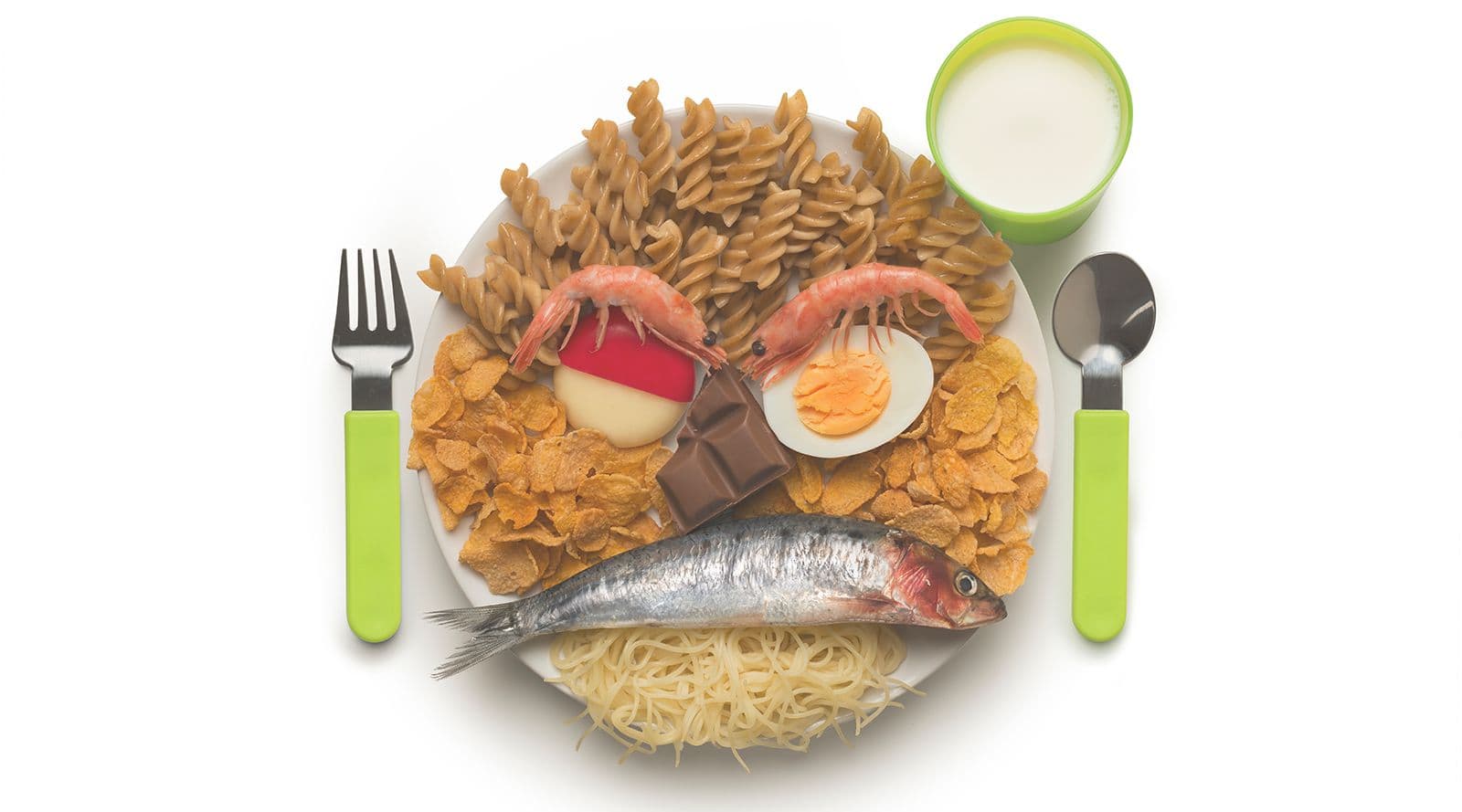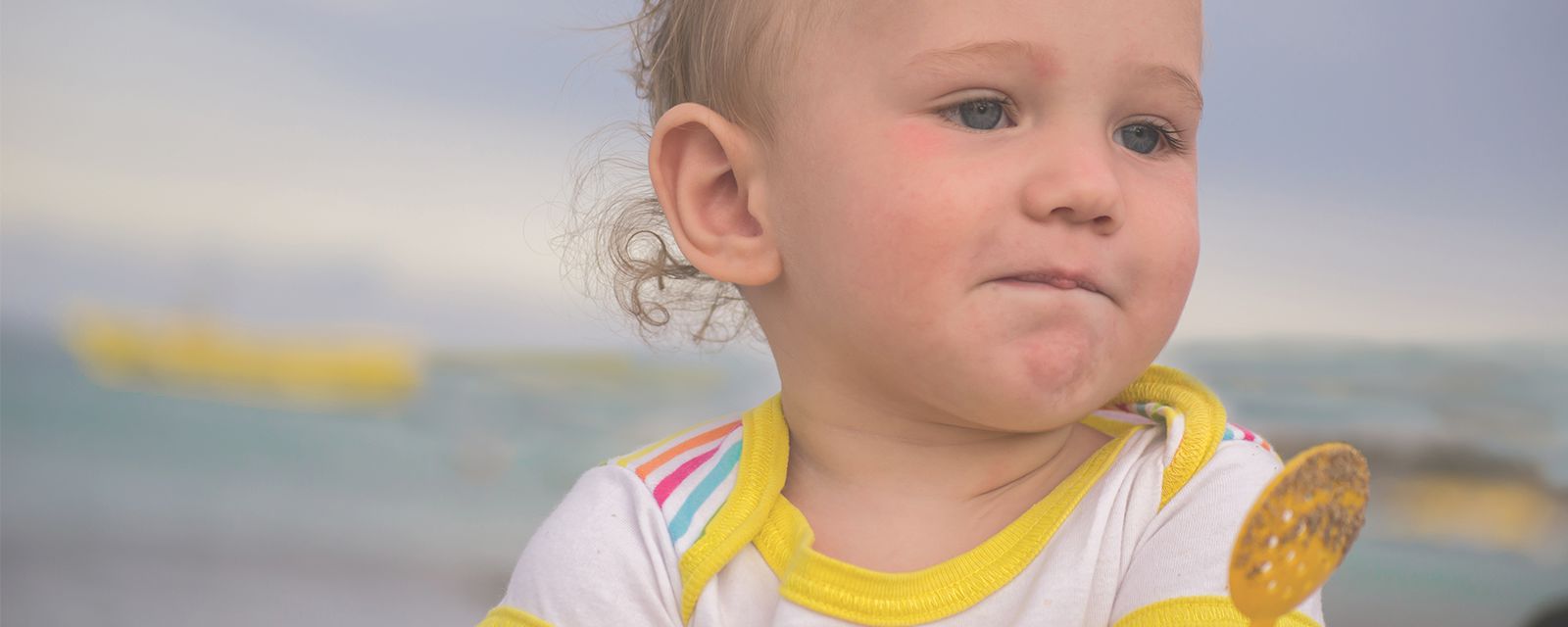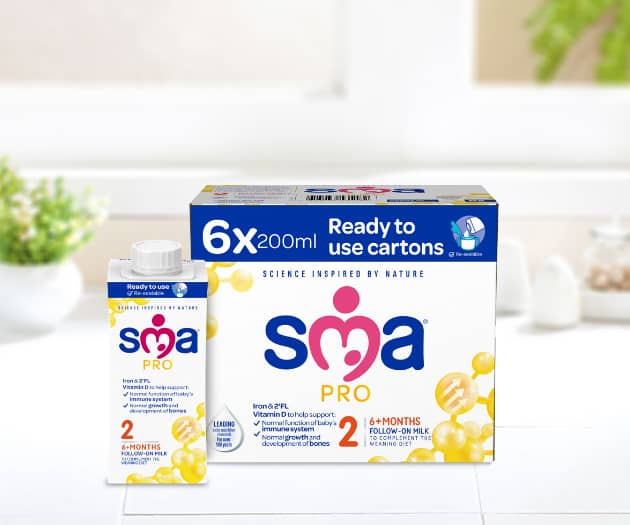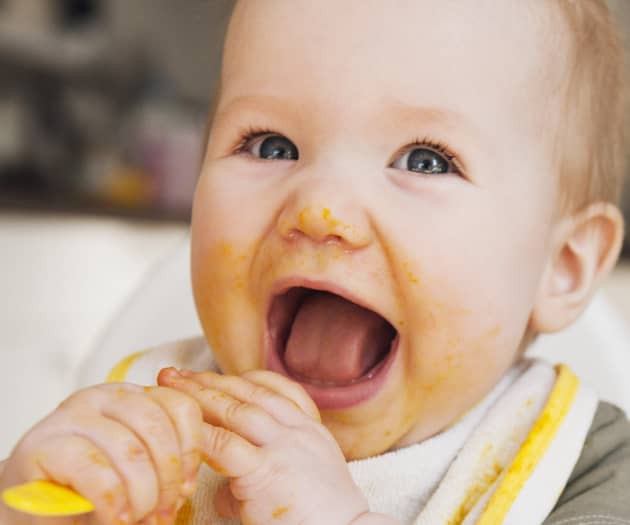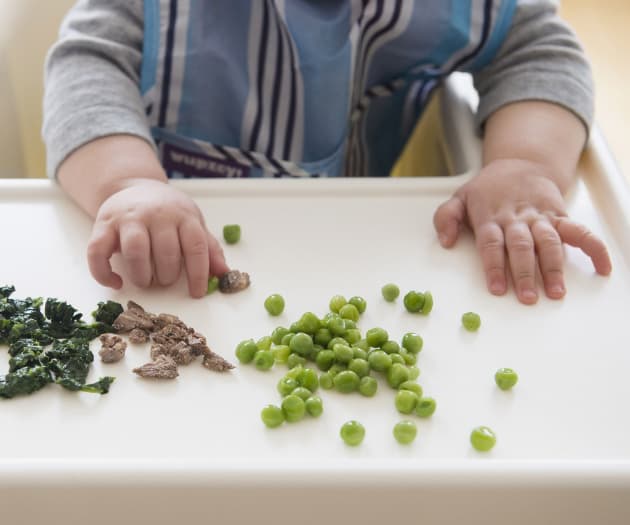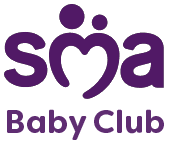At a glance
Food allergies and food intolerances in babies are reactions to certain foods
Food allergies in babies can be sudden and potentially severe. It’s the immune system reacting to a food that it has mistaken as harmful
A food intolerance doesn’t involve the immune system and tends to come on more slowly
Most babies usually outgrow food allergies by early childhood as their immune systems develop
Food allergies and food intolerances are one of the biggest worries a parent has when weaning. A food allergy is your baby’s immune system reacting to specific foods. While some allergies can be mild, others are more serious and symptoms can affect various parts of the body at once. Food intolerances are usually less serious and are often linked just to the digestive system.
Up to 8% of children under the age of three have a food allergy. If there’s a family history of a food allergy or other allergic conditions, such as asthma, hay fever or eczema in your family, then baby is more likely to have one too. Interestingly, the link between food allergies and eczema is the strongest.
The more you know about allergies the easier it will be to diagnose and prevent them. You can take a closer look at our guide to general allergies in babies.
Most common food allergy causes
When you’re weaning, try giving baby new foods one by one so you can easily identify the food that may have caused an allergic reaction. The most common food allergies in babies and young children are milk, eggs, peanuts, and tree nuts such as hazelnuts, walnuts and almonds. The statistics are:
- milk: between 1.6% and 7% of babies
- eggs: about 2% of children under three years
- peanuts: up to 2% of children
Other common foods allergens:
- Cereals containing gluten
- Soya
- Fish
- Crustaceans (Shellfish)
- Celery
- Mustard
- Sesame seeds
- Molluscs
- Lupin beans
- Sulphur dioxide and sulphites (food additives)
How to spot the signs of allergies in babies
If you notice any of these symptoms after baby has eaten something, it could mean they’re having an allergic reaction.
- Diarrhoea or vomiting
- A persistent cough
- Wheezing and shortness of breath
- Red or inflamed throat and tongue
- Itchy, flushed skin or rash
- Swollen lips and throat
- Runny or blocked nose
- Sore, red and itchy eyes
See our handy guide to understanding allergies.
What to do if you see these baby food allergy symptoms
- Contact a healthcare professional as soon as you think something's wrong.
- Once the diagnosis of a food allergy or food intolerance is confirmed, discuss how to manage your baby's diet to make sure they still get all the nutrients they need for healthy growth and development.
- Many babies outgrow their food allergies and food intolerances in early childhood.
- Visit Allergy UK for find more tips on dealing with food allergies.
What if baby’s food allergy symptoms are severe?
More severe symptoms like wheezing, breathing difficulties, throat and tongue swelling, and a sudden drop in blood pressure is known as anaphylaxis, or anaphylactic shock, and can be life-threatening, you can learn what to do in an emergency like this from the British Red Cross.
Thankfully, severe reactions are rare. However, if you suspect your child is having a severe allergic reaction, use an adrenaline auto-injector pen if you have been prescribed one, and call an ambulance immediately. Don't try to make your child vomit.
What is a food intolerance?
Unlike an allergy, a food intolerance is a reaction that does not involve the immune system. Intolerances tend to be less serious than allergies and can often take hours to reveal symptoms which are mainly limited to the digestive system. Although the symptoms can be unpleasant and uncomfortable they are not life-threatening.
The most common food intolerance in babies is lactose intolerance which means their body has difficulties digesting the sugar in milk (lactose). Symptoms include: bloating, wind and diarrhoea, which usually appear 1-3 hours after the food containing lactose has been eaten. If you’re breastfeeding, your baby might need lactase drops to help them digest the lactose in your breast milk. However, removing lactose from your own diet won’t make any difference as it is produced by your breasts and isn’t related to what you eat or drink.
In general, symptoms of food intolerance tend to come on more slowly than allergic reactions, often many hours after eating, making them harder to diagnose. They include:
- Stomach cramps
- Bloating
- Diarrhoea
If you’re concerned that your baby has a food intolerance, speak to your GP, health visitor or public health nurse who will help to diagnose and manage it. They may ask you to try and eliminate certain foods and may also refer you and baby to a paediatric dietician for more specialist care and advice.
If you don’t think it’s anything serious but want to see what the common causes are, try our feeding issues symptom checker.
IMPORTANT NOTICE:
We believe that breastfeeding is the ideal nutritional start for babies and we fully support the World Health Organization’s recommendation of exclusive breastfeeding for the first six months of life followed by the introduction of adequate nutritious complementary foods along with continued breastfeeding up to two years of age. We also recognise that breastfeeding is not always an option for parents. We recommend that you speak to your healthcare professional about how to feed your baby and seek advice on when to introduce complementary feeding. If you choose not to breastfeed, please remember that such a decision can be difficult to reverse and has social and financial implications. Introducing partial bottle-feeding will reduce the supply of breast milk. Infant formula should always be prepared, used and stored as instructed on the label in order to avoid risks to a baby’s health.



